The true number of people killed by the disastrous winter storm and power outages that devastated Texas in February is likely four or five times what the state has acknowledged so far. A BuzzFeed News data analysis reveals the hidden scale of a catastrophe that trapped millions of people in freezing darkness, cut off access to running water, and overwhelmed emergency services for days.
The state’s tally currently stands at 151 deaths. But by looking at how many more people died during and immediately after the storm than would have been expected — an established method that has been used to count the full toll of other disasters — we estimate that 700 people were killed by the storm during the week with the worst power outages. This astonishing toll exposes the full consequence of officials’ neglect in preventing the power grid’s collapse despite repeated warnings of its vulnerability to cold weather, as well as the state’s failure to reckon with the magnitude of the crisis that followed.
Many of the uncounted victims of the storm and power outages were already medically vulnerable — with chronic conditions including cardiovascular disease, diabetes, and kidney problems. But without the intense cold and stress they experienced during the crisis, many of these people could still be alive today.
This was the case for 80-year-old Julius Gonzales, his family believes. As dawn broke on February 15, he made his way to one of his regular dialysis appointments, only to find that the clinic had lost power and was closed. So the retired maintenance worker turned his Dodge Ram around and headed back to the mobile home he’d shared with his wife, Mary, in the small town of Arcola, Texas, for nearly 20 years.
So began the last 24 hours of his life.

Inside the Gonzales home, the lights were out. The couple had lived through blizzards and hurricanes before, but had never lost power in such bone-chilling cold. As temperatures sank into the low 20s, they couldn’t get warm, no matter how many sweaters and blankets they piled on or how close they huddled to their generator-powered electric heater. Gonzales was compulsively shivering and complaining, his wife remembers, so she urged him to go to sleep.
At around 5 a.m. on February 16, dressed in two sweaters and jeans and socks, Gonzales made a loud noise in bed and didn’t respond to his wife’s pleas. A 911 call later, the paramedics arrived and pronounced him dead.
On paper, Gonzales’s death has nothing to do with the storm. When his wife finally received a death certificate months later, it said Julius died from cardiovascular disease, caused by high blood pressure and narrowed arteries associated with diabetes. It also listed his overactive thyroid gland as contributing to his death.
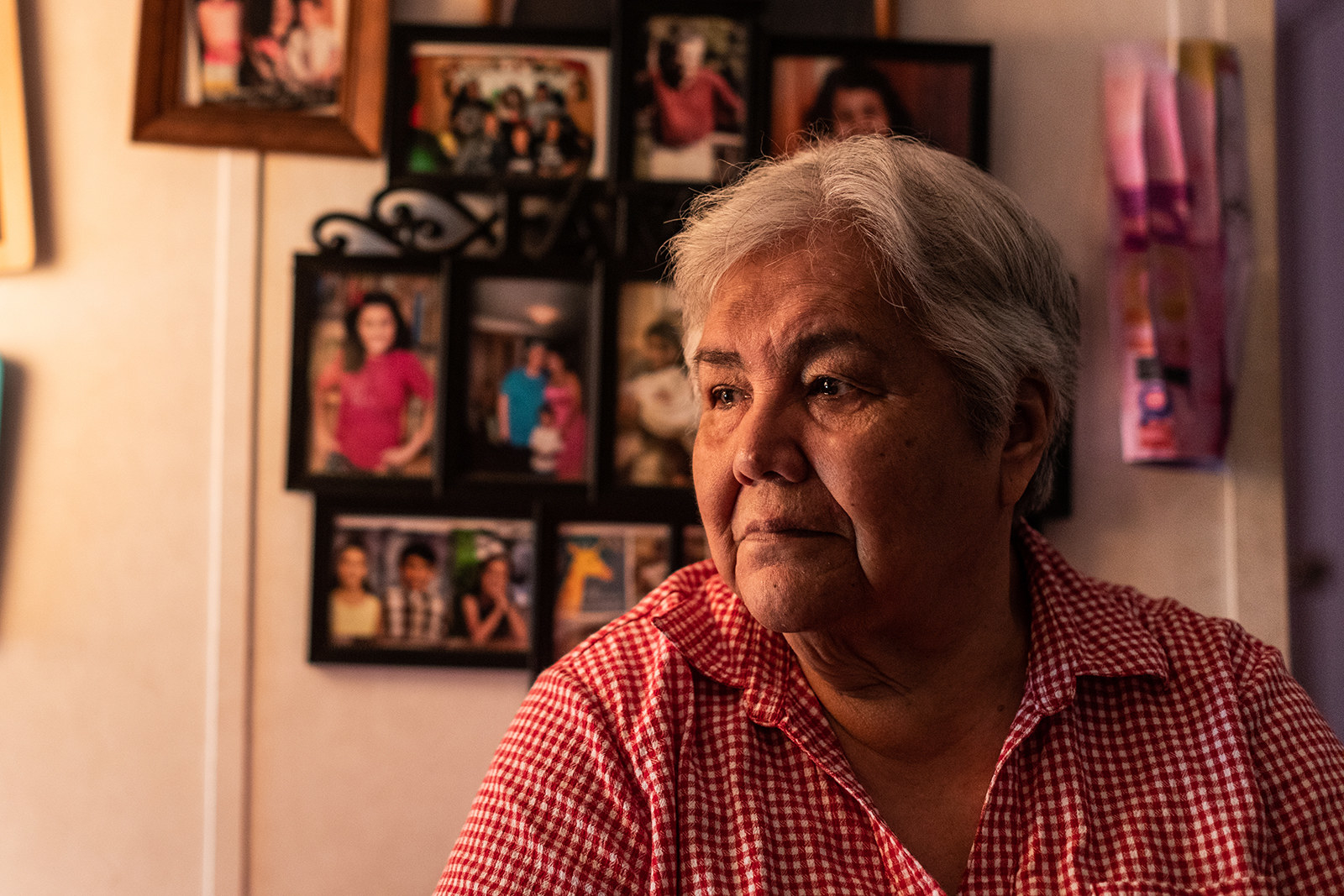
Mary, 74, knew that her husband had at least some of these problems. He wore a special vest to detect if his pulse became irregular. He weighed a frail 114 pounds. And he had recently recovered from a bout of COVID-19.
But Mary said he was stable up until the storm, pointing to the fact that he was able to drive himself to dialysis. She believes that the medical examiner’s explanation is incomplete, and that her husband of 58 years didn’t have to die that day. “I still believe the cold made him to where his heart just gave out,” she said.
The BuzzFeed News analysis of deaths during the storm is based on mortality data from the CDC. It relies on a method called “excess deaths” analysis, recently used to estimate the full toll of the COVID-19 pandemic.
Our analysis, reviewed by three independent experts, suggests that between 426 and 978 more people than expected died in Texas in the week ending February 20 alone. Our best estimate is that 702 people were killed by the storm that week. Even the lowest end of the range is almost three times the number officials have acknowledged. Neighboring states that were hit hard by the winter storm but did not experience the widespread power outages seen in Texas did not show a spike in deaths.
Read more about the BuzzFeed News analysis of Texas storm deaths.
BuzzFeed News reached out to relatives of people who died during the power outages, identified from dozens of wrongful death lawsuits as well as death reports obtained from public records requests to medical examiners in eight of the biggest counties in Texas. Interviews revealed stories of anguish and confusion, as families struggled to find out exactly how their relatives died.
This confusion also poses real economic challenges for survivors. For Mary Gonzales, the delay in obtaining a cause of death for her husband meant she was unable to claim an income from his pension for almost three months. And without an official acknowledgment tying their loved ones’ deaths to the storm, families will be unable to claim federal assistance for funeral costs.
The high death toll adds pressure on state legislators, energy regulators, and Texas Gov. Greg Abbott to harden the state’s infrastructure to avert another deadly disaster.
Abbott’s press secretary, Renae Eze, did not respond to questions about the significantly higher death toll or whether the state would investigate further, but said Abbott was “working collaboratively with the House and Senate to find meaningful and lasting solutions to ensure these tragic events are never repeated.”
“The Governor joins all Texans in mourning every single life lost during the winter storm, and we pray for the families who are suffering from the loss of a loved one,” she said.
But with the state’s legislative session ending on May 31, lawmakers only have a week left to finalize a proposal to address some of the vulnerabilities that made the February storm so horrific.
“As it stands, nothing has happened,” said Michael Webber, a professor of mechanical engineering focused on energy infrastructure at the University of Texas at Austin.
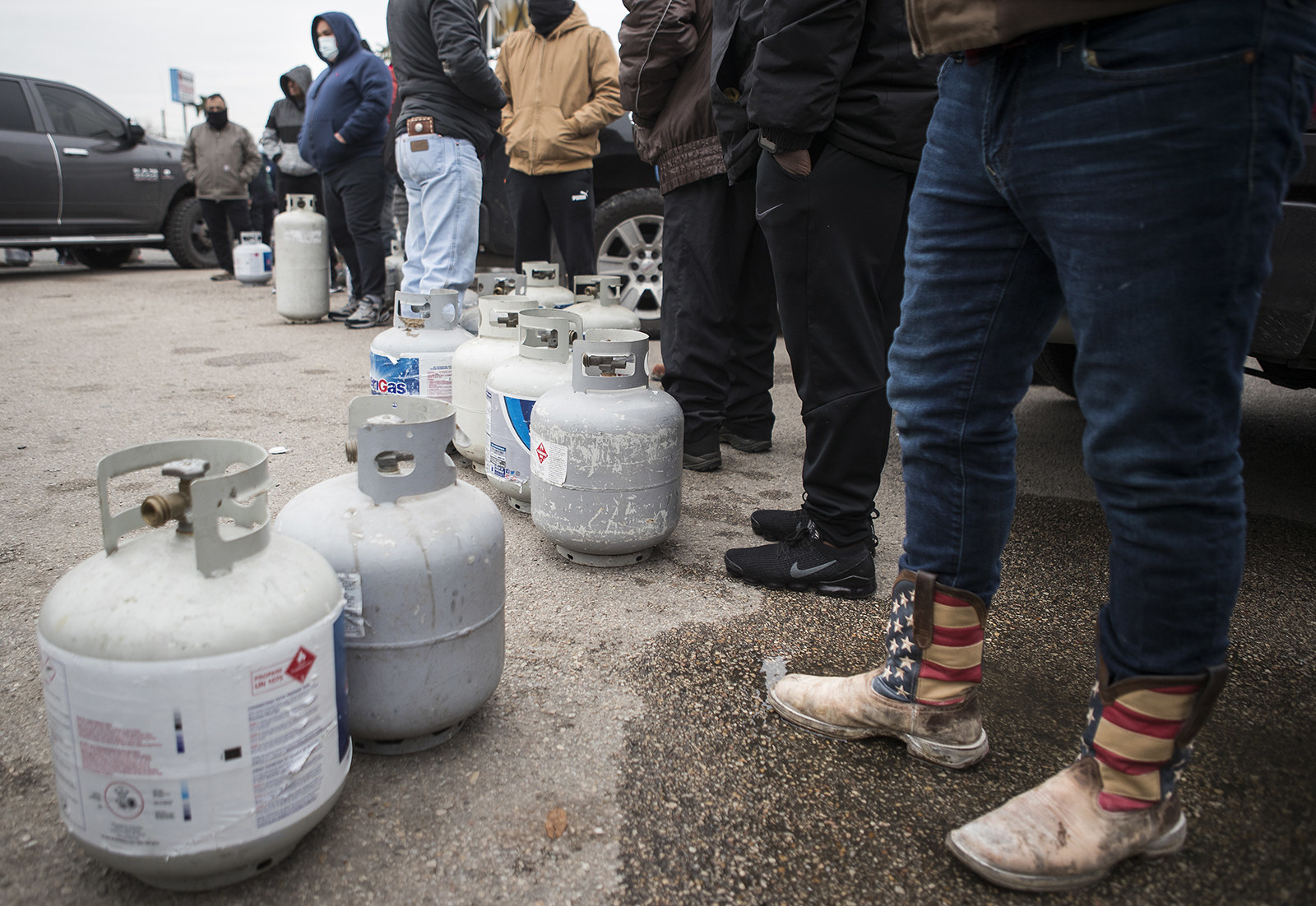
As the storm approached over Valentine’s Day weekend, forecasts from the National Weather Service clearly showed that Texas and neighboring states would be hit by snow, ice, and several days of freezing temperatures. “The severity of the cold weather that is about to be experienced here in the coming days is unprecedented in Texas history,” Abbott warned at a February 13 press conference.
Hospitals put in place contingency plans to ensure that they could keep operating and ambulance providers prepared to work under hazardous driving conditions.
But while the governor warned Texans that demand for power to heat homes would potentially outstrip supply for a couple of days, he assured them that the state could manage the situation: “We do, as a state, have the ability to ensure that we do not run out of power,” Abbott said.
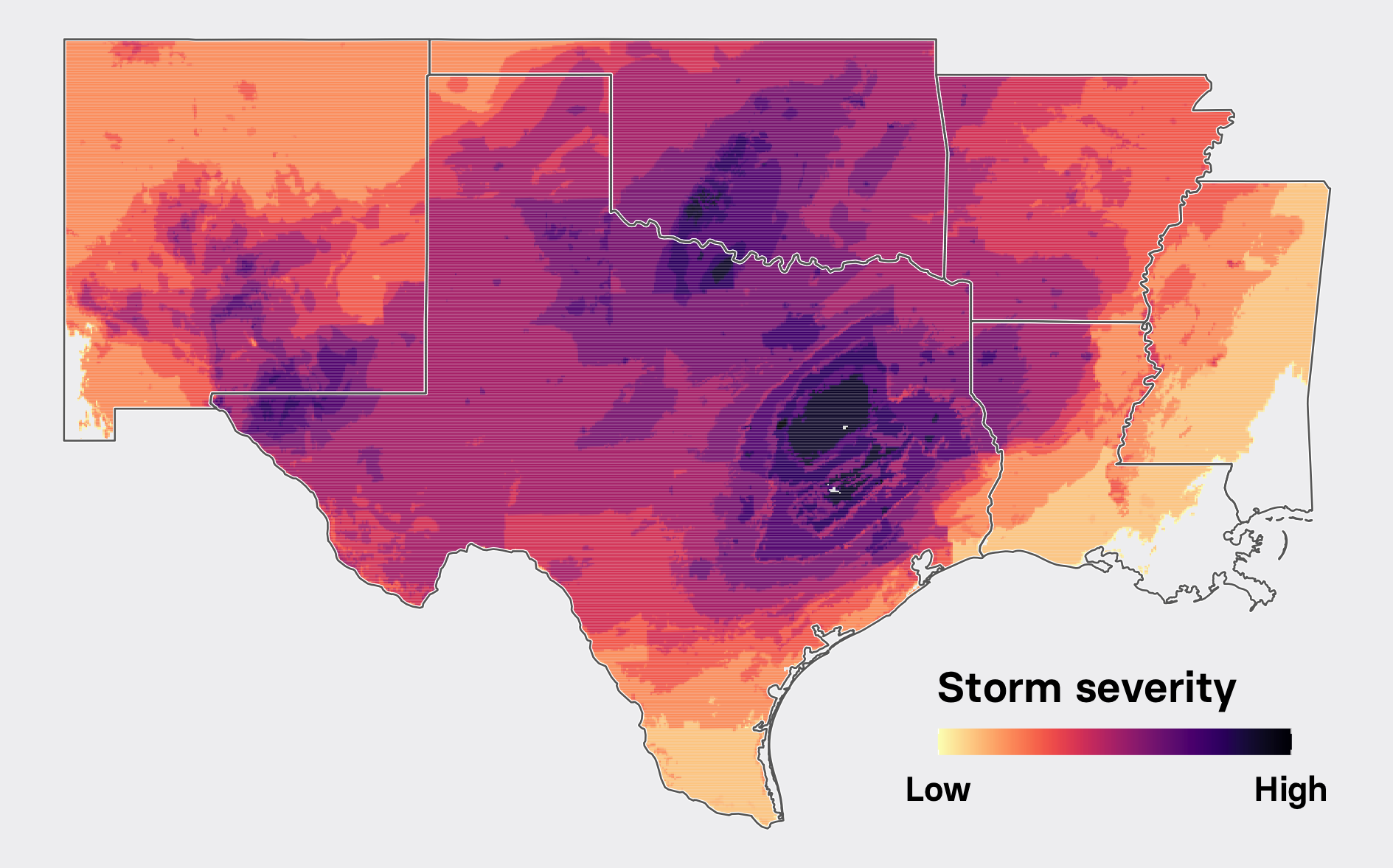
Nobody was prepared for the power to go out across so much of the state, for so long. Texas’s grid is largely separate from the rest of the country, so it couldn’t rely on power supplied from across state lines when the generators inside its borders started failing.
And a lot failed: A nuclear power plant failed. Coal plants failed. Wind turbines failed. Solar panels failed. But the biggest problem was the failure of the state’s natural gas infrastructure, which powers much of Texas’s electricity. This was partly because officials hadn’t required gas operators to protect their equipment, even after a winter storm in 2011 triggered widespread blackouts and revealed the power grid’s vulnerability to cold temperatures.
More than two-thirds of Texans lost power during the week of the storm, for an average of 42 hours, according to a University of Houston study. Some people went without power for up to five days.
With temperatures plummeting to the single digits across large swaths of the state, people resorted to warming their homes using their gas ovens or burning their furniture and other belongings to stay warm. Others used generators, barbecue grills, or their cars to create heat, resulting in the state’s worst carbon monoxide poisoning disaster in years. And power outages and frozen pipes left millions of people without access to water, leading some to resort to melting snow.
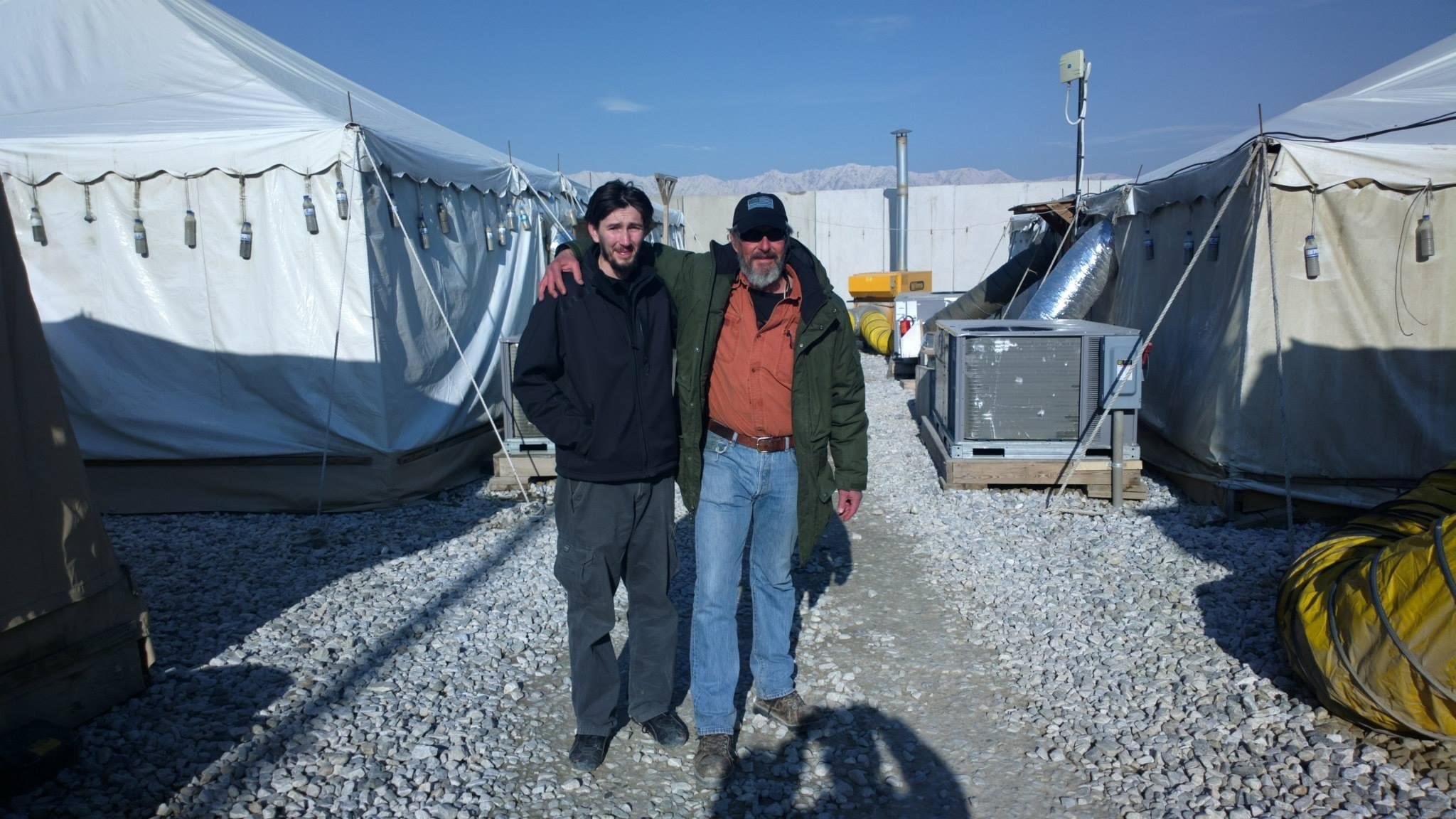
On the morning of February 16, Gerald Herring, an Army veteran who had just turned 70, was struggling with a power outage, burst pipes, and a cold home in Sugar Land, southwest of Houston.
Over the phone, Herring told his son Jonathan that he was carrying water in from a neighbor’s house. This mention of heavy lifting worried his son. Despite him seeming to be “in good health, all things considered,” Jonathan Herring, 36, told BuzzFeed News that he was worried because his father had undergone surgery a few years ago to repair a torn valve in his heart.
“From what I knew, it was going OK, and/or he hadn’t had any episodes or things like that,” said another son, Chris Herring, 33, who also spoke with his dad by phone that day and remembered that he seemed to be in good spirits. “He was always good about monitoring. If he didn’t feel good, if he didn’t feel well, he would tell my stepmom.”
But later that day, Gerald Herring became unresponsive. Though paramedics arrived to rush him to the hospital, the drive there and back took longer than usual on the icy roads, Chris recalled. Gerald was pronounced dead not long after. His death was officially attributed to cardiovascular disease caused by high blood pressure and narrowed arteries.
While he did have heart problems, his sons believe that the cold was likely the ultimate catalyst for his death. “Adding stress for someone who has a heart condition, no power, no water — it's not a good set of circumstances,” Chris said.
If the storm had not hit and the power had not gone out, Jonathan said, “We’re not going to get another 10 years — I’m not an idiot — but it wouldn’t have happened that day.”
Asked why the deaths of Julius Gonzales and Gerald Herring were attributed to natural causes, Stephen Pustilnik, the Fort Bend County chief medical examiner, told BuzzFeed News that “none of the history that you gathered was ever told to our investigators.”
“I don't necessarily deny these were storm-related,” Pustilnik said. “But if we had known — if the family had told us when we asked them what was going on with the deceased family members — we certainly would have included them. If we don’t know about it, we can’t act on it.”
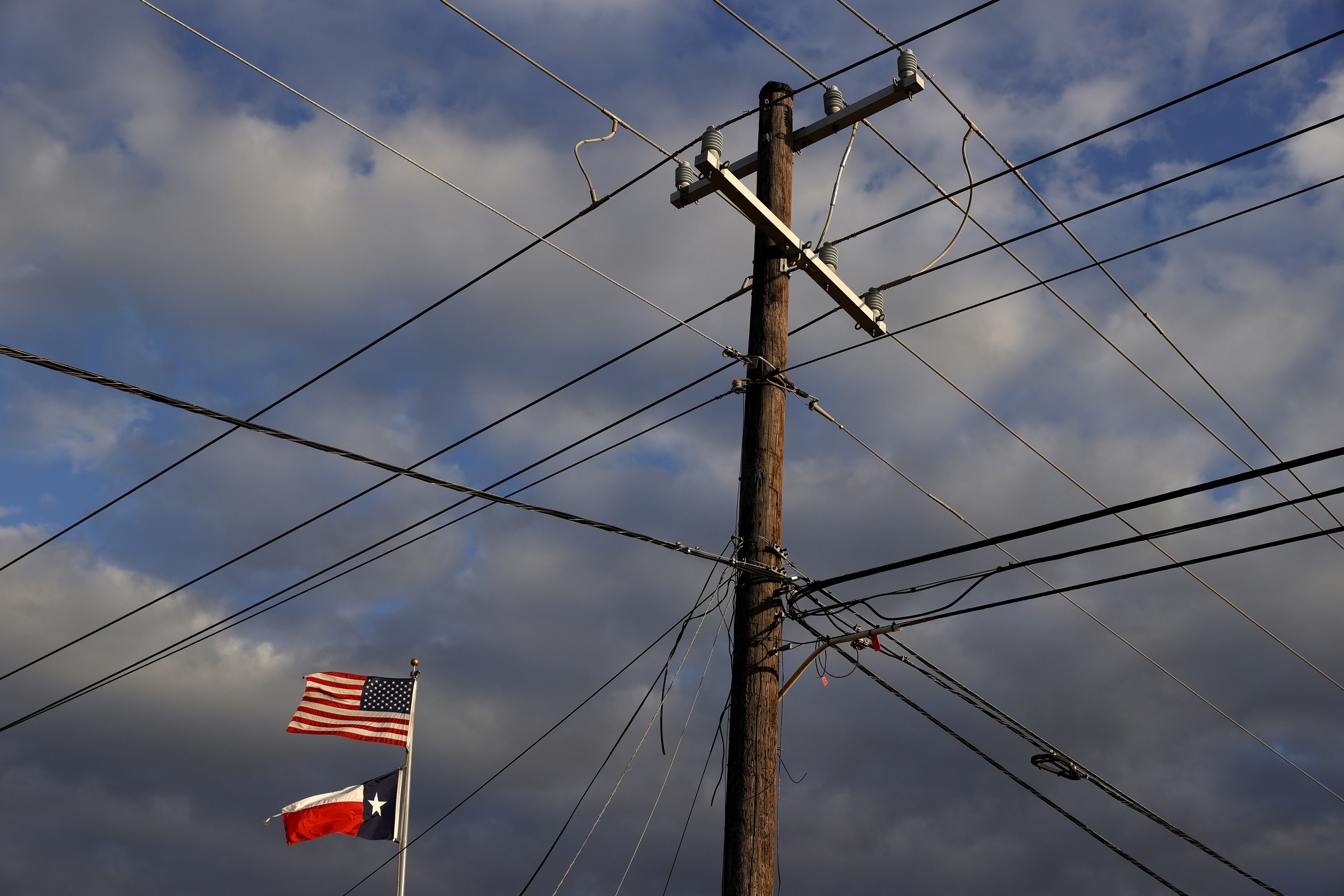
Other families are also convinced their loved ones died as a result of the power failures and cold. But with no official confirmation of this, they are left with no clear answers and little hope of holding anyone to account.
The precise circumstances surrounding the final hours of many of those who died during the storm have not been scrutinized, since many deaths were never reviewed by medical examiners. Even when they were, the cause of death was often determined by an external examination of the body, rather than a full autopsy.
If you’re used to watching TV crime dramas where medical examiners deliver precise diagnoses after thorough autopsies, the fact that the causes of many of the deaths following the storm are mired in confusion may seem surprising. But for deaths linked to underlying medical conditions, autopsies are actually rare — in 2017, only around 7% of US deaths attributed to cardiovascular disease, for instance, were confirmed by autopsy, according to a study published last year.
Establishing a precise cause of death in Texas is particularly challenging. Only about a dozen of Texas’s 254 counties have their own medical examiner’s offices. In the rest, confirming the cause of death is the responsibility of elected officials who are not required to have prior medical expertise. And while these counties can refer deaths to a medical examiner in one of the larger counties for further investigation, they have to pay for each examination or autopsy that is conducted.
“There are certainly some [counties] that do a great job and others, you know, that might not do as good of a job,” Kathryn Pinneri, forensic director for Montgomery County, Texas, and vice president of the National Association of Medical Examiners, told BuzzFeed News.
Two deaths in Galveston County illustrate how deaths initially attributed to natural causes may, upon further consideration, be linked to the storm and power outages. After BuzzFeed News was sent a list of deaths following the storm from the county medical examiner’s office, we received an update noting that the primary cause of one of these deaths, that of 89-year-old Eula Piangenti, had been changed from heart failure to “environmental exposure due to Feb 2021 winter storm.”
Erin Barnhart, the chief medical examiner for Galveston County and a pathologist at the University of Texas Medical Branch, told BuzzFeed News that she reclassified this case after being contacted about it by a reporter with Texas Monthly, who was investigating deaths in Galveston when the storm and power outages hit.
Piangenti had Alzheimer’s disease and cardiovascular problems, and was living with her daughter, Sharon Stacy. She required oxygen to help her breathe, which went offline for about 18 hours when the electricity supply to Stacy’s house failed. She died on the morning of February 16, shortly after power was restored.
Although Piangenti was under remote hospice care, her daughter had not expected her to die so soon. “She wasn’t on her last breath. She was still functioning,” Stacy told Texas Monthly.
By the time Barnhart was told of the circumstances surrounding Piangenti’s death, the funeral had already taken place and there was no body to examine. But she decided she had enough information to rule that Piangenti and another case in Galveston were in fact victims of the power outages following the storm.
The second case was 68-year-old Shirley Napier, who collapsed in her home on February 15 after the power failed overnight. Her heart had stopped beating and was shocked back into rhythm by the EMT team who took her to a nearby hospital — where she was admitted with a body temperature below the threshold for hypothermia. Napier never recovered, and died the following Sunday. On the death certificate, her cause of death was recorded as a brain injury caused by a lack of oxygen following a heart attack.
“I didn’t agree with the cause of death when it first came out,” Steven Napier, Shirley’s husband, told BuzzFeed News.
He is now suing the Electric Reliability Council of Texas, or ERCOT, which manages the state’s power grid, and CenterPoint Energy, the utility that supplied their home with electricity, for the wrongful death of his wife. He blames the state’s decision not to protect its power grid after the 2011 storm for his wife’s death. “They didn’t want to spend the money to fix the system,” Napier said. “It’s negligent homicide.”
In court filings, ERCOT has disputed Napier’s claims. The grid operator did not respond to repeated requests for comment from BuzzFeed News.
Barnhart, the medical examiner in Galveston County, was not surprised that many deaths caused by the storm had been missed in the state’s official count. “Did we capture all of them? Probably not,” she said.

To estimate the full death toll from the storm and power outages, BuzzFeed News used a statistical model to predict expected deaths in any week, given long-term and seasonal trends. Our estimate of deaths caused by the storm and power outages excludes deaths from COVID-19, which were declining steadily in Texas through February.
The three independent experts who reviewed our methods and findings all agreed that the CDC data shows a large spike in deaths in Texas during the week ending February 20, when the power outages and extreme cold were most severe.
“There appears to be a clear jump in deaths following the winter storm in mid-February that defies trends in Texas,” said Steven Woolf of the Center on Society and Health at Virginia Commonwealth University, whose team has used similar methods to estimate the total US death toll during the COVID-19 pandemic.
This spike in deaths was specific to Texas: No similar pattern showed up in neighboring states which were affected by the winter storm but didn’t experience such widespread and prolonged power outages.
To further probe the reasons for the high death toll in Texas after the storm, BuzzFeed News looked at the primary cause of death noted in the CDC data. More than 175 deaths in Texas in the week ending February 20 have yet to be assigned a cause. But even with this gap in the data, there were still spikes for diabetes and for “diseases of heart” — a broad category including heart failure, arrhythmias, and heart attacks — which had a sudden uptick of more than 200 deaths in that week.
That fits with previous research. “We have a huge body of epidemiologic literature that shows cold temperatures are associated with increased risk of cardiovascular disease, hospitalizations, and mortality,” said Joan Casey, an environmental epidemiologist at Columbia University’s Mailman School of Public Health.
Two studies of hospitalizations in New York City, for example, have shown that admissions to hospitals with cardiovascular disease surge after winter storms — especially if the power goes out.
Some deaths attributed to underlying cardiovascular disease may have actually been caused by hypothermia. “Hypothermia is notoriously difficult to diagnose,” said Hannah Jarvis, assistant medical examiner at the Harris County Institute of Forensic Sciences. Unless core body temperature is recorded while a patient is still alive, she said, it is very hard to confirm as the cause of death.
Last July, Jarvis published a study of 10 years of hypothermia-linked deaths in New York City and Houston, showing that 32% of people listed as dying of hypothermia in New York City and 74% of those in Houston also had underlying cardiovascular problems.
Many of those dealing with power outages were under enormous stress, which may have contributed to their deaths.

Isla Laws, 92, was living in Dallas with her daughter Susan Petr, 72, when the storm hit. The power would go out for hours at a time, once going out for 15 hours, Petr said. Though they had a fireplace, they quickly ran out of firewood. Laws had to bundle up in extra layers of clothing and blankets.
“She was very anxious and very scared,” Petr said. “She didn’t even want to go to the bathroom because our power was out.”
Her mother died while the power was still out, on February 17.
Laws used a walker and took thyroid and blood pressure medicine, but despite those health issues, Petr said Laws should not have died that day. “I’m 100% convinced that it was because we didn’t have power,” she said. “It was just more than she could handle.”
According to the Dallas County medical examiner’s office, Laws died a natural death due to “hypertensive and atherosclerotic cardiovascular disease.”
The medical examiner’s office said there was nothing in Laws’ case file about the cold temperatures or the power being shut off.
But Jeffrey Barnard, the county’s chief medical examiner, acknowledged that the cold could have caused more deaths than his office has counted. “There’s no doubt you put an environmental thing like this and there are going to be people getting stressed that would not have been stressed if you didn’t have it,” Barnard said. Referring to the state’s total count of deaths caused by the storm, he said, “There’s no surprise to me that it’s higher. I just don’t know how much higher.”
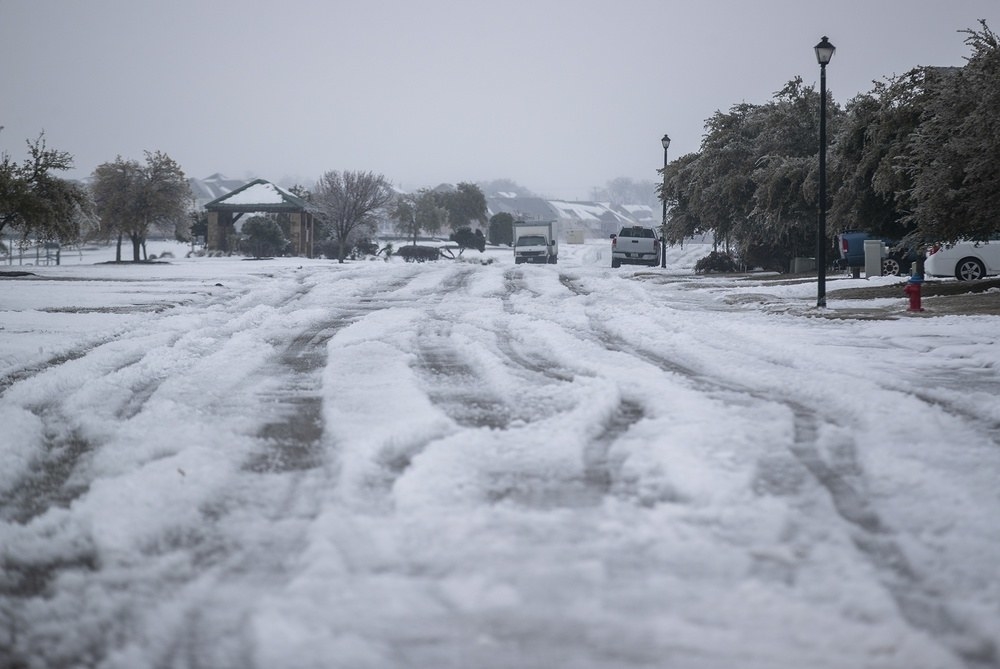
Many people who were struggling at home during the week of the storm were unable to make it to the hospital. Despite the high number of deaths linked to cardiovascular disease, there was no clear surge in related ER visits. And ambulance services were struggling to cope with calls for a variety of medical emergencies.
Some patients with kidney problems were turning up in emergency rooms after missing dialysis appointments because their regular clinics had lost power. Ambulance providers were flooded with calls from patients with similar problems. “They're having a hard time breathing, their blood gases are all out of whack and they are having a real clinical emergency,” said Matthew White, assistant chief of the Houston Fire Department, responsible for emergency medical services. “They’re calling 911 to get dropped off at an ER.”
Darrell Pile, CEO of the Southeast Texas Regional Advisory Council, which helps coordinate trauma and disaster response in the Houston area, told BuzzFeed News that at times, ambulance providers were unable to respond to all the calls coming in. In part that was because hospitals that were on emergency power and struggling with disruptions to their water supply were not able to admit patients as quickly as normal.
“The calls kept coming in, but ambulances were tied up,” Pile said.
With first responders facing similar pressures across the state, the usual influx of help from other Texas cities after a disaster was unavailable.
“Even though we were activated for [Hurricane] Harvey for 18 days or longer, this storm, the Arctic blast, crippled the entire state of Texas. There was no one coming,” Pile said.
Rather than getting to the hospital, it seems that many of the uncounted victims of the February winter storm died at home, either because they didn’t call for emergency assistance or because help couldn’t get through in time.
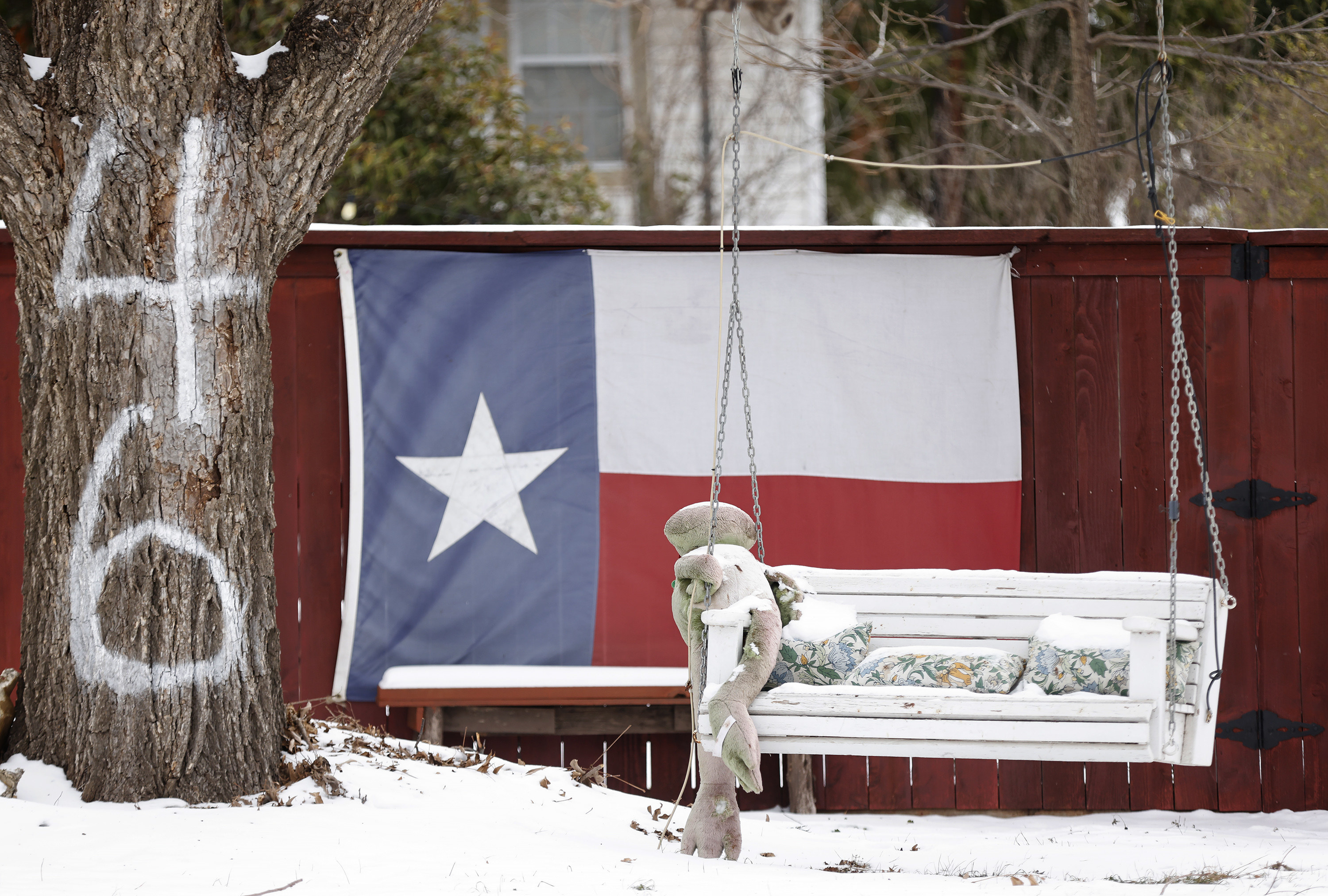
In its count of deaths caused by the winter storm, the Texas Department of State Health Services is relying heavily on records submitted from officials in individual counties. Most are confirmed deaths from hypothermia. But the official count also includes accidents on the ice and carbon monoxide poisoning. So far, relatively few of these deaths are people with existing medical problems that were exacerbated by the storm and power outages.
Although government agencies have traditionally accounted for the impact of disasters using narrow counts like the one being run by Texas officials, there is a growing recognition that this method may vastly underestimate the true toll.
The problem came into stark relief in the weeks after Hurricane Maria hit Puerto Rico in 2017, when news organizations, including BuzzFeed News, provided evidence that many more people had died as the island struggled with the collapse of its power grid than the official count of 64 killed by the storm.
Eventually, Puerto Rico’s governor commissioned a comprehensive analysis from researchers at George Washington University in Washington, DC, which estimated that 2,975 more people than expected died between September 2017 and February 2018, as large parts of the island went without power for months. This is now accepted by the authorities in Puerto Rico as the official toll from Hurricane Maria and the subsequent power outages.
The Texas Department of State Health Services did not respond to requests for comment on our findings on the death toll from the winter storm or whether they would investigate further.
According to the experts consulted by BuzzFeed News, “excess deaths” analyses like the GWU report on Hurricane Maria and our accounting for the Texas winter storm provide the best way to measure the full impact of major disasters.
Ariel Karlinsky, an economist and statistician at the Hebrew University of Jerusalem who is compiling the World Mortality Dataset to aid similar studies of the deaths caused by disasters and diseases, put it this way: “The graveyard doesn’t lie.”
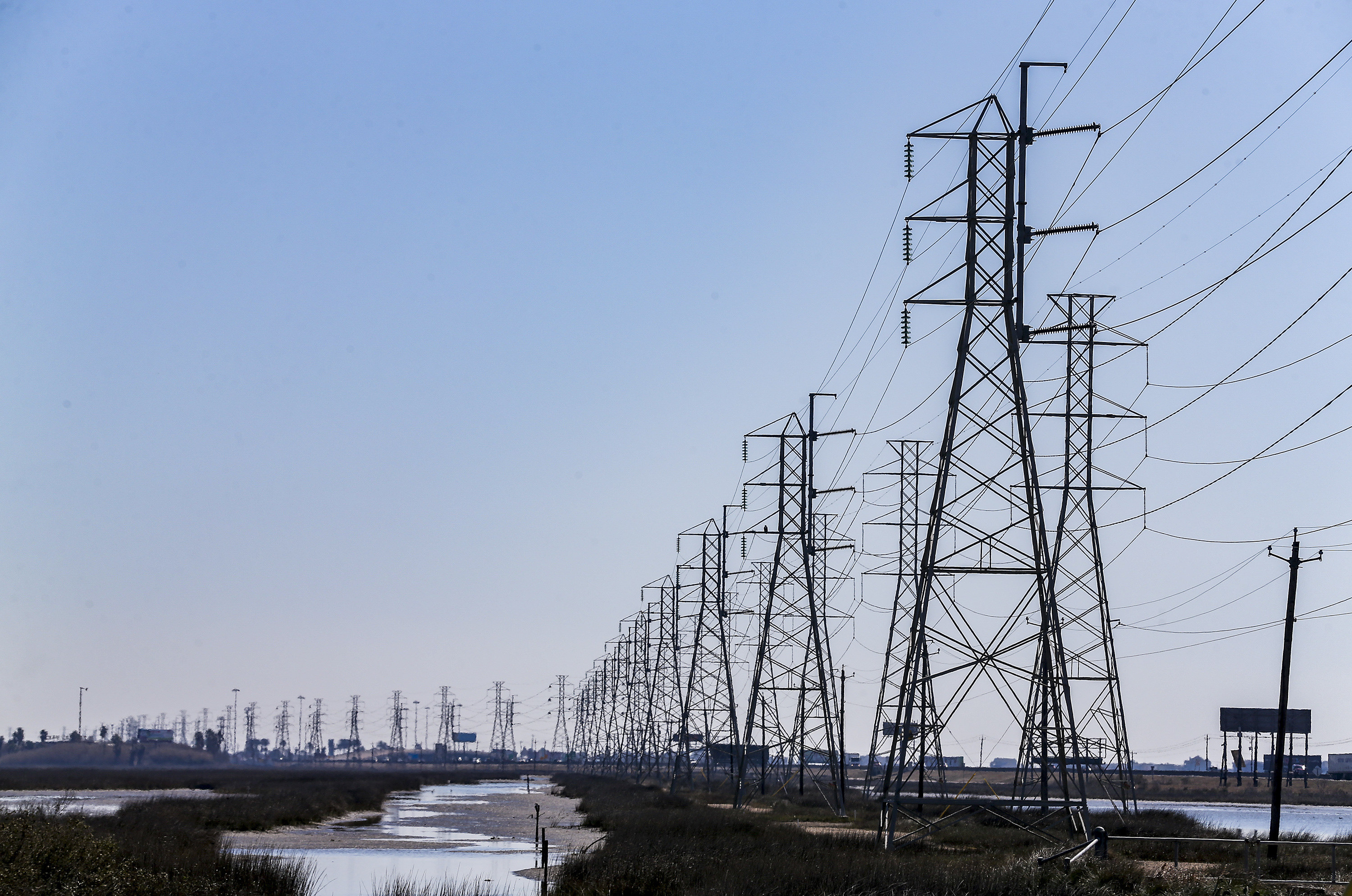
In the winter storm’s aftermath, the governor, elected politicians, and the public demanded answers about how Texas’s grid could fail so spectacularly and who was to blame.
The Texas legislature grilled leaders at ERCOT, a nonprofit overseeing the state’s grid, and the Public Utility Commission of Texas, which regulates ERCOT, about why more wasn’t done to prepare for power supply problems and warn the public about what could happen. Since then, ERCOT fired its CEO and at least seven of its board members have resigned. Additionally, the state’s three commissioners at the PUC all resigned.
Now all eyes are on the state legislature, which is debating a sprawling bill that would empower state regulators to require power providers, including some natural gas operators, to protect their equipment against cold weather or face financial penalties. The bill passed the Senate, and an updated version just passed the House. The chambers have a week to resolve their differences and send the proposal to the governor’s office to get signed into law.
But for many families who lost loved ones during the storm, none of these steps are enough. So far, the relatives of more than 60 people who died during the disaster have filed wrongful death lawsuits against ERCOT, the state’s primary grid operator, as well as specific power providers, according to the lawyers representing these cases. Dozens more families may follow suit.
The Dallas-based law firm Fears Nachawati, for example, is representing the families of about 80 people who died during the storm. “Some people just froze to death in their chair,” said lawyer Majed Nachawati.
“It’s astounding and it is disturbing, and our job is to make sure we hold the [power] generators, who we believe primarily responsible, accountable for the untimely deaths of these 80 deceased victims,” Nachawati said. “Those people being mothers, fathers, children, aunts, uncles, brothers, sisters.”
In response, ERCOT has argued in court filings that “it is entitled to sovereign immunity due to its organization and function as an arm of State government.” But whether or not this is true is still an open question.
When an unrelated case challenging ERCOT’s assertion that it is shielded from liability went before the Texas Supreme Court in March, the justices punted on making a decision.
For some families, the failure to account for the full toll of the storm and power outages could have serious financial consequences. The Federal Emergency Management Agency is offering assistance with funeral expenses for families who lacked insurance or other help with the costs. But the deadline to apply was May 20, and to qualify, applicants needed to confirm that the death had been directly or indirectly attributed to the disaster by state, local, or tribal medical officials.
As of May 17, FEMA had paid out in just two cases.
In response to questions from BuzzFeed News about what happens if any deaths are linked to the storm after the May 20 deadline, the agency responded by email: “In order for FEMA to process late registrations, applicants must submit a letter to FEMA that explains the extenuating circumstances that prevented them from applying for assistance in a timely manner.”
Producing a more accurate count of the deaths linked to the storm may help bring closure to some grieving Texan families. It is also vital so that the authorities responsible for the state’s infrastructure, emergency services, and disaster responses can learn what needs to be done to prevent a future tragedy of a similar magnitude.
“We need to know who’s most at risk,” said Casey, the environmental epidemiologist at Columbia University. “Right now we’re missing big chunks of data and a lot of people are getting missed out of this accounting.”
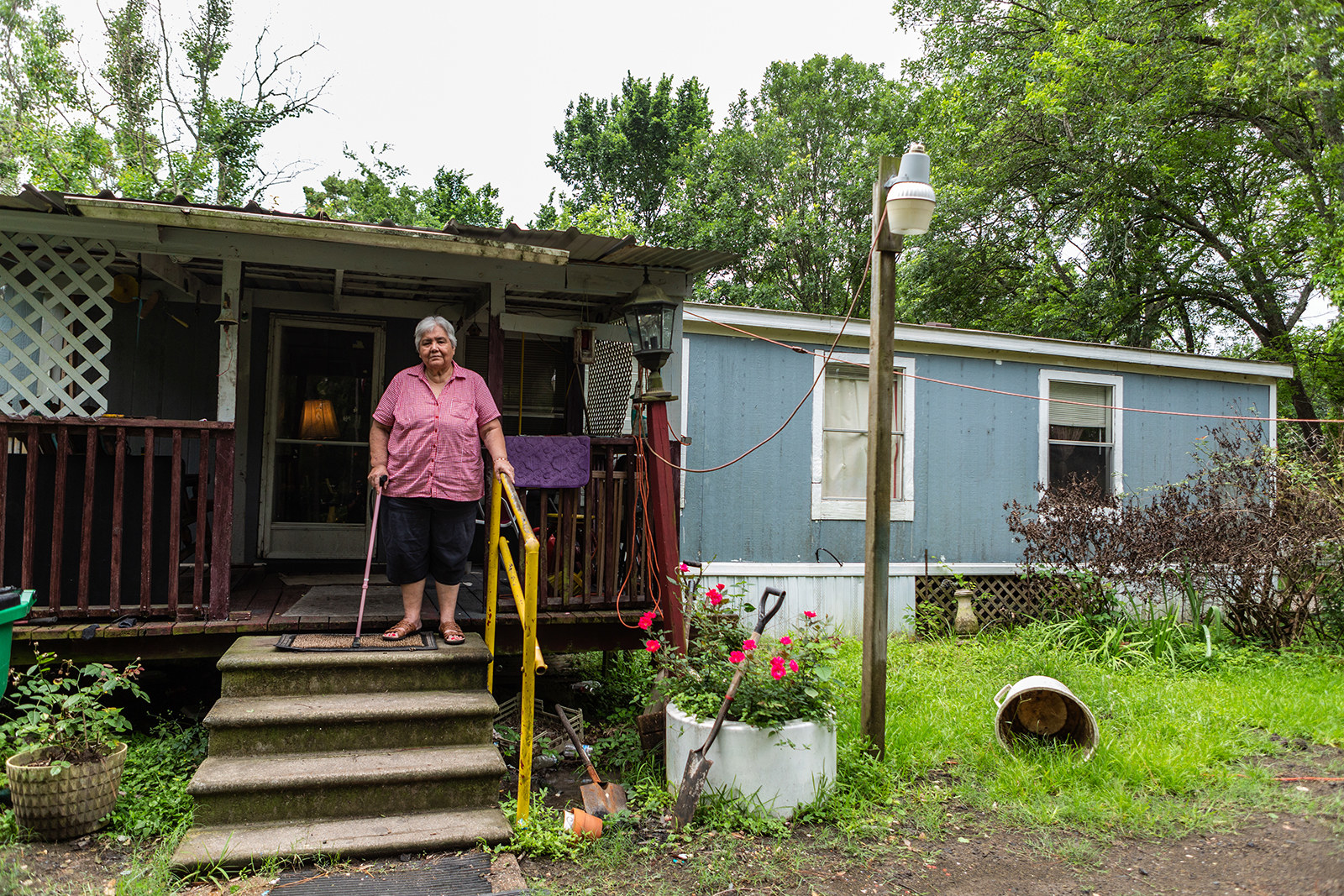
In Arcola, Julius Gonzales’s sudden death has left his family with a host of financial problems. The trailer that he and his wife lived in was in his name, and Mary Gonzales wanted it transferred to hers. But for that to happen, she said, the bank told her that she’d have to pay off the mortgage in full right away. She decided that she couldn’t afford that, so she is surrendering the home. While she grieves, she is deciding which of a half-century’s worth of their possessions to keep when she moves into her son’s house next door.
Another source of stress was the medical examiner’s delay in issuing an official cause of death. Having worked in maintenance for the nearby city of Stafford for more than two decades, Julius had accrued a pension that was supporting them both after he retired. But without a final death certificate to show the city, his wife said she was not able to access that money.
Three months after Julius died — after his funeral was held, after he was cremated — his family finally received the certificate on May 18.
While having it solves some problems, it still doesn’t answer Mary’s biggest question: Could her husband’s death have been prevented?
“When you’re middle-class and — not poor, but you don’t know a lot — you just stay in the dark,” Mary said. “Nobody hears about you.” ●






